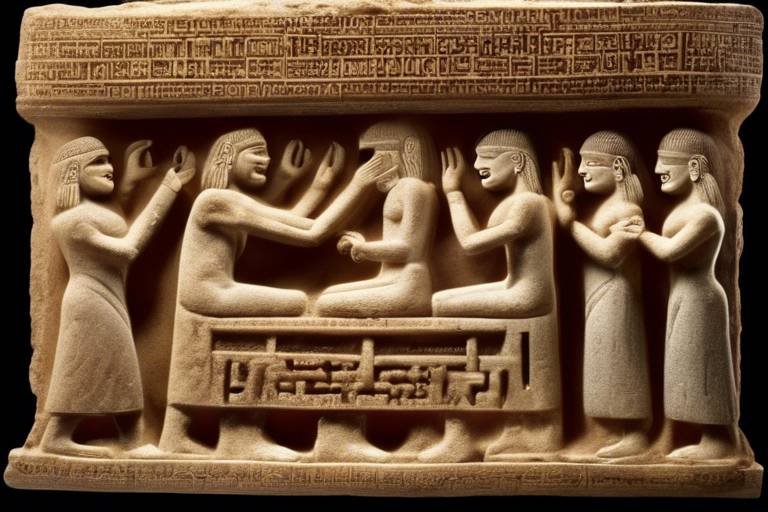The Significance of Sacred Animals in Ancient Religions
Animals have held a profound significance in ancient religions, serving as symbols of power, protection, and spirituality across diverse civilizations. From the majestic cats of Egyptian mythology to the mythical creatures of Greek folklore, these sacred animals played pivotal roles in religious practices, rituals, and cultural beliefs. Exploring the depths of ancient religions unveils a tapestry of symbolism and reverence for these creatures, shedding light on their enduring influence on human spirituality.
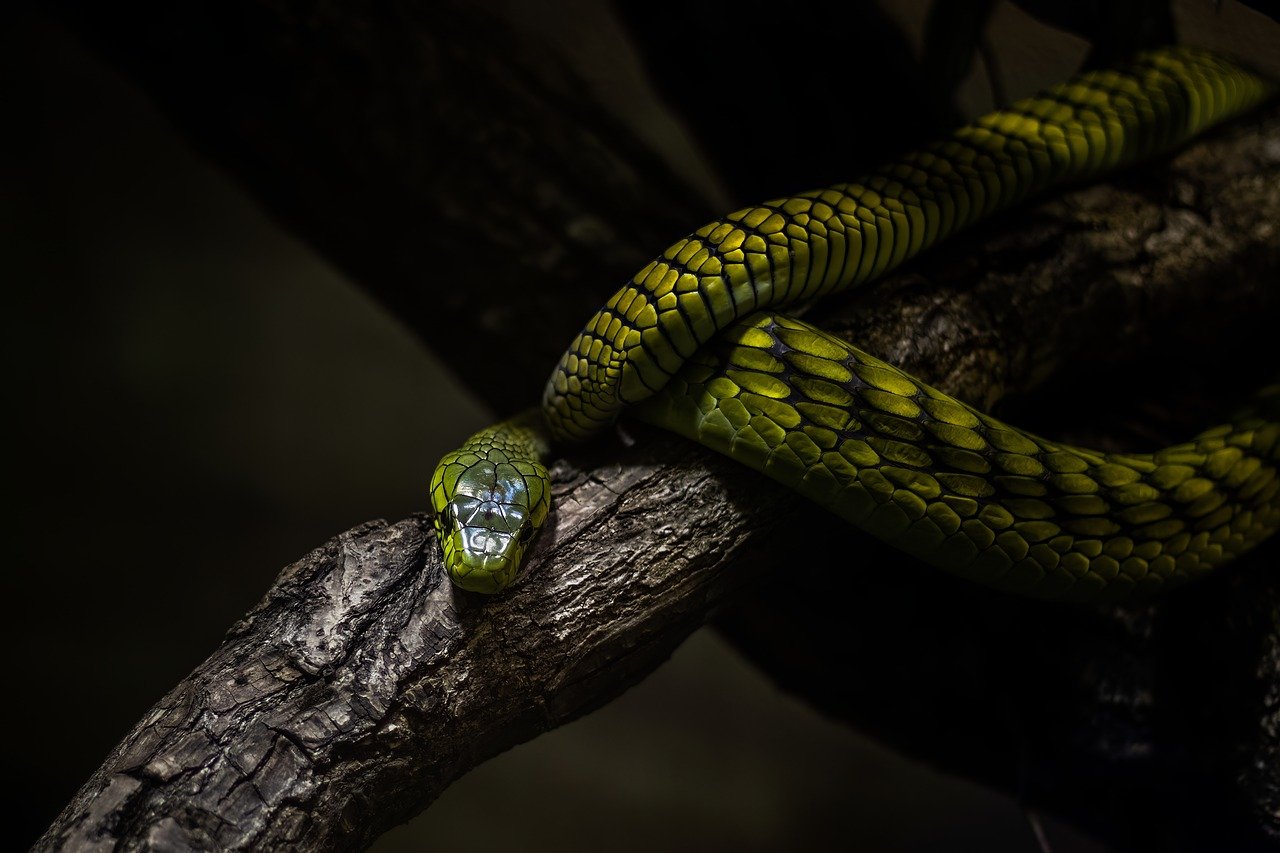
Egyptian Civilization
Exploring the unveils a fascinating world where animals held profound significance in religious beliefs and cultural practices. In ancient Egypt, animals like cats, scarab beetles, and falcons were not merely creatures but revered symbols representing deities and protectors. The cat, especially, was considered sacred, embodying the goddess Bastet, the protector of home and family. Scarab beetles symbolized the cycle of life and rebirth, while falcons were associated with the god Horus, the sky god and symbol of divine kingship.
Moreover, the Egyptians believed that animals possessed divine qualities and were conduits between the mortal world and the divine realm. They were integral to religious rituals and ceremonies, often mummified and buried alongside humans to ensure safe passage to the afterlife. The intricate hieroglyphs and artworks depicting animals reflected their spiritual significance and enduring presence in Egyptian mythology.

Greek Mythology
In the realm of Greek mythology, the tales of gods, heroes, and mythical creatures intertwine to create a rich tapestry of storytelling. From the fearsome Cerberus guarding the gates of the Underworld to the majestic Pegasus soaring through the skies, animals play pivotal roles in these ancient narratives. The Golden Fleece, sought after by Jason and the Argonauts, symbolizes power and kingship, showcasing the significance of animals in heroic quests and legendary feats. These creatures are not merely beasts but embodiments of divine power and symbols of courage and wisdom.

Hinduism
Hinduism, one of the world's oldest religions, holds a deep reverence for animals, considering them sacred and divine beings. Cows, in particular, are venerated as symbols of motherhood, fertility, and abundance in Hindu culture. Known as the "holy cow," these gentle creatures are central to various religious ceremonies and rituals, symbolizing purity and non-violence. Monkeys, especially the revered deity Hanuman, are also highly esteemed in Hindu mythology for their loyalty, strength, and devotion. Elephants, with their wisdom and auspicious symbolism, are associated with Lord Ganesha, the remover of obstacles and the god of beginnings.
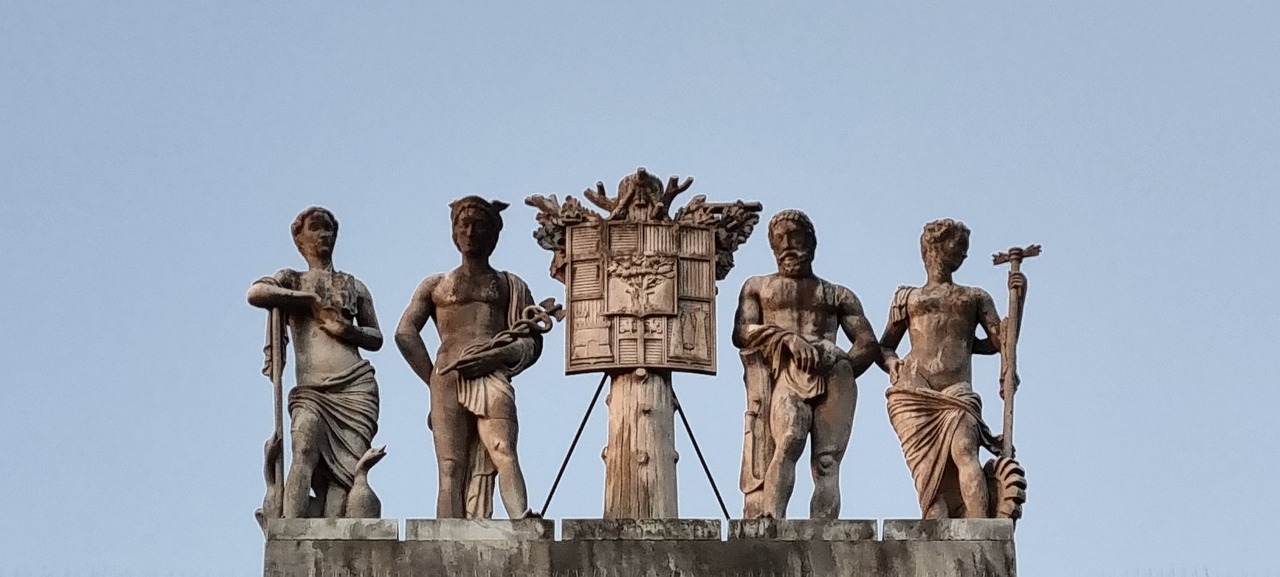
Norse Mythology
When delving into Norse mythology, one cannot ignore the profound significance of animals within the intricate tapestry of tales and beliefs. Wolves, ravens, and horses stand out as more than mere creatures in this rich tradition; they are intertwined with the very fabric of Norse cosmology and folklore. The wolf, often symbolizing strength and cunning, holds a central role in Norse mythology, with the mighty Fenrir being a prominent figure. Ravens, known for their intelligence and connection to the divine, are associated with the god Odin, who is accompanied by two ravens, Huginn and Muninn, representing thought and memory. Horses, revered for their speed and grace, are also prevalent in Norse myths, such as Sleipnir, Odin's eight-legged steed, embodying swiftness and otherworldly powers.
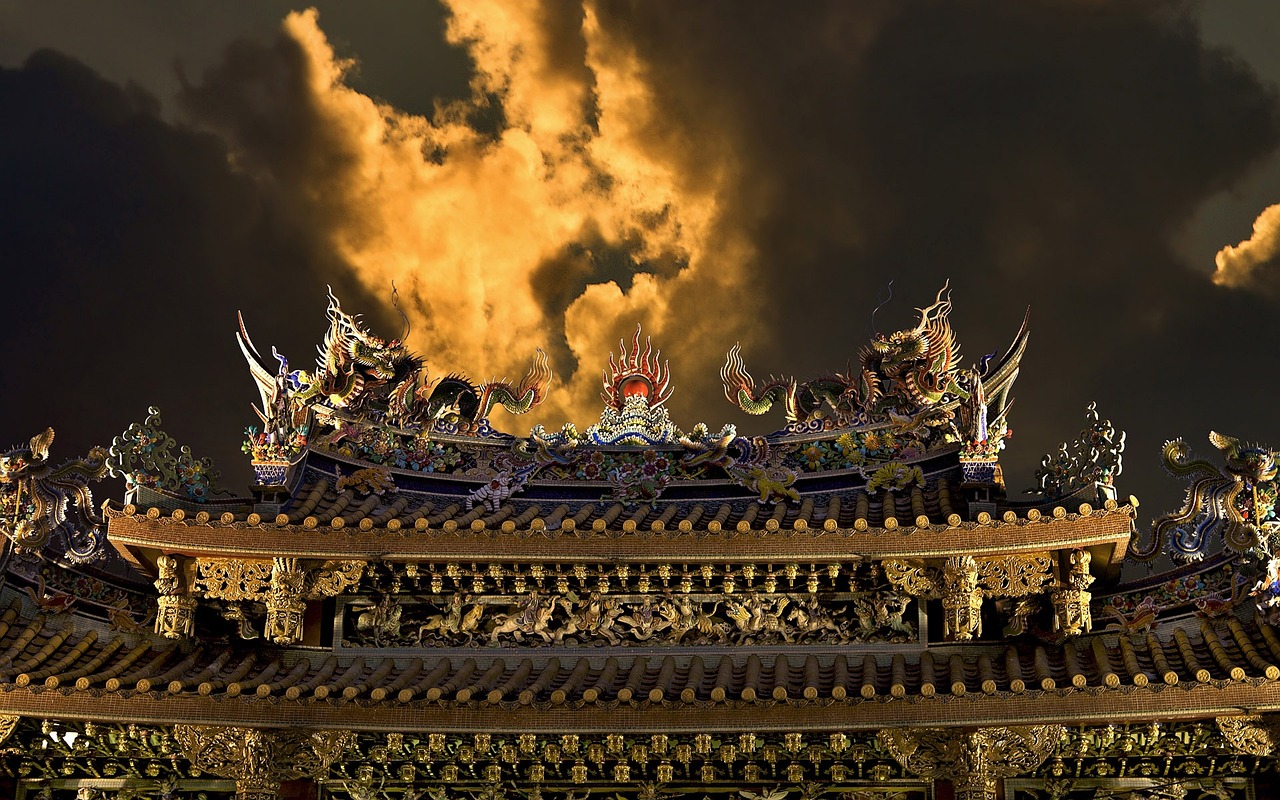
Chinese Folk Religion
Chinese Folk Religion holds a rich tapestry of symbolism and reverence for animals, each carrying profound meanings in the spiritual realm. Among these, dragons reign supreme as celestial beings embodying power, strength, and good fortune. Turtles, on the other hand, symbolize longevity and wisdom, revered for their connection to the earth and the heavens. Phoenixes, with their majestic presence, represent rebirth and immortality, soaring above mortal concerns with grace and elegance.
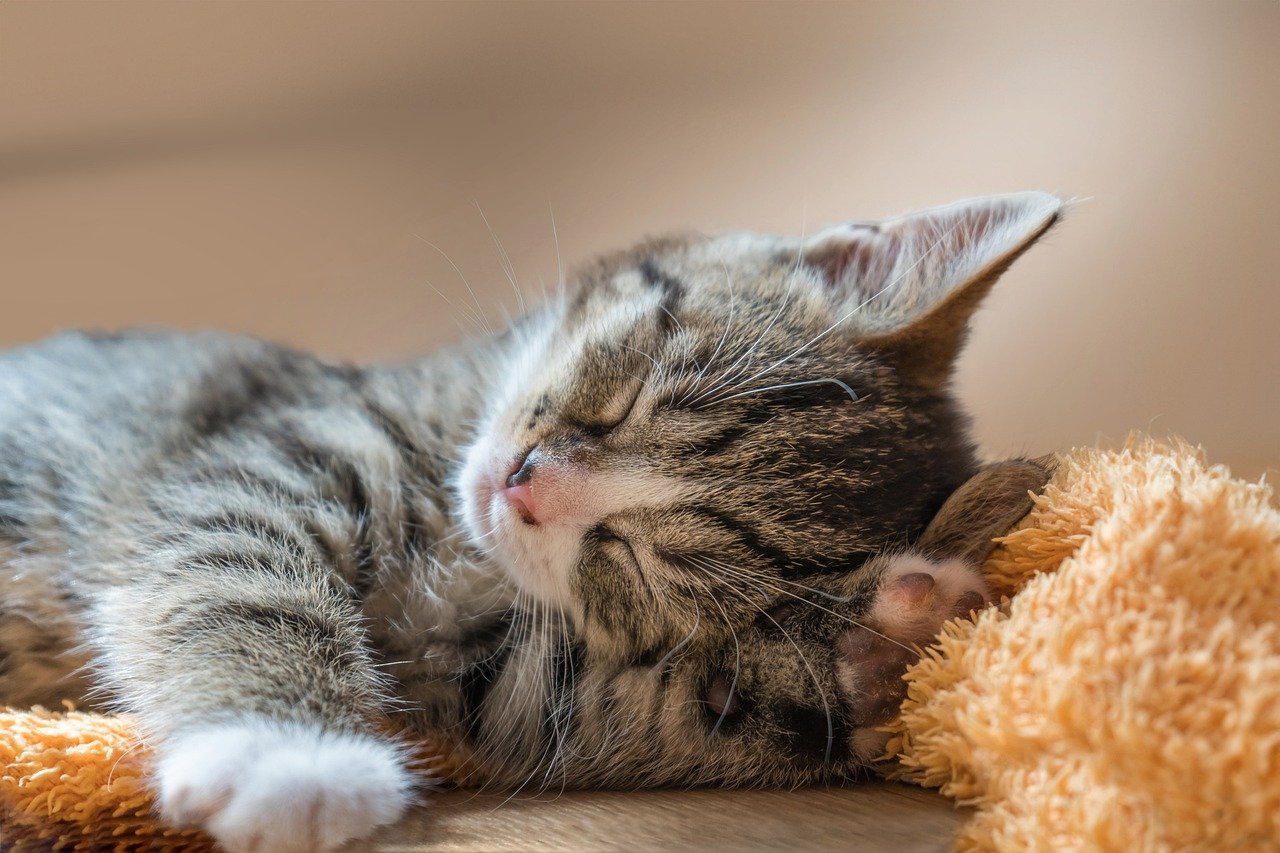
Indigenous Cultures
Indigenous cultures around the world have long held profound spiritual connections to animals, viewing them as more than mere physical beings but as embodiments of sacred energies and wisdom. These cultures often revere specific animals as totems or spirit guides, believing that each creature carries unique qualities and messages from the spiritual realm. In rituals and cosmology, animals play pivotal roles, symbolizing various aspects of life, from protection and guidance to transformation and interconnectedness.
For many indigenous communities, the relationship with animals goes beyond the physical realm, extending into the metaphysical and symbolic realms. Animals are seen as messengers from the divine, carrying important teachings and lessons for humans to learn from. The symbolism of animals in indigenous cultures reflects a deep understanding of the interconnectedness of all living beings and the harmony that exists in nature.
Throughout history, indigenous cultures have integrated animal symbolism into their daily lives, ceremonies, and art forms. These symbols serve as reminders of the spiritual forces that guide and protect individuals, families, and entire communities. Totems, in particular, are revered as ancestral spirits that offer guidance and support in times of need, acting as intermediaries between the human and spirit worlds.
Moreover, the concept of animal symbolism extends beyond individual creatures to encompass larger themes of balance, respect for nature, and the cyclical nature of life. Animals are often seen as representatives of the natural world, embodying the wisdom of the earth and the interconnected web of life that sustains all living beings. By honoring and respecting animals, indigenous cultures seek to maintain harmony with the natural world and uphold traditions that have been passed down through generations.
Overall, the significance of animals in indigenous cultures serves as a reminder of the deep spiritual connections that exist between humans, animals, and the natural world. Through rituals, ceremonies, and storytelling, these cultures celebrate the sacred bond between all living beings and the wisdom that animals impart to those who are willing to listen.
Q: Are animals considered sacred in all indigenous cultures?
A: While many indigenous cultures hold animals in high regard and view them as sacred beings, the specific beliefs and practices can vary among different tribes and communities.
Q: How do indigenous cultures incorporate animal symbolism into their rituals?
A: Animals are often represented through totems, masks, dances, and storytelling during ceremonies to honor their spiritual significance and invoke their guidance and protection.
Q: What is the significance of totems in indigenous cultures?
A: Totems are revered as ancestral spirits or guides that offer wisdom, protection, and support to individuals and communities, acting as intermediaries between the human and spirit worlds.
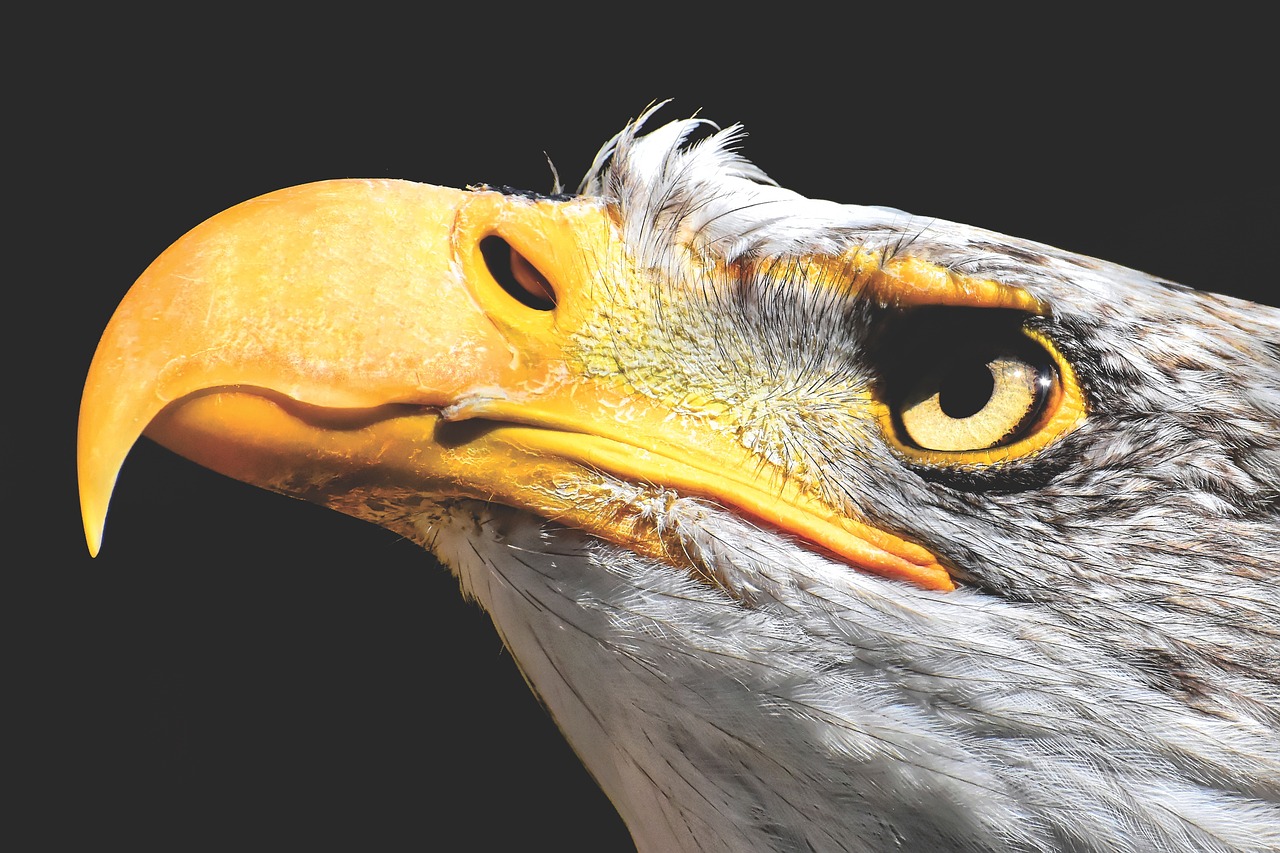
Roman Civilization
When delving into the rich tapestry of Roman civilization, one cannot overlook the profound significance attributed to animals in their religion and mythology. The Romans revered certain animals for their symbolic representations, associating them with power, protection, and divine omens. Among these revered creatures were eagles, wolves, and snakes, each holding a unique role in the religious and cultural fabric of ancient Rome.
The eagle, known for its majestic presence and keen eyesight, was a symbol of strength and authority in Roman society. Often depicted carrying thunderbolts in its talons, the eagle represented the power of Jupiter, the king of the Roman gods. As the emblem of Rome, the eagle adorned military standards and served as a potent symbol of the empire's might and dominion over vast territories.
Wolves, on the other hand, held a dual significance in Roman mythology. While they were associated with the founding legend of Rome through the story of Romulus and Remus, the twin brothers raised by a she-wolf, wolves also symbolized ferocity and protection. The image of the wolf nursing the infant twins became a powerful emblem of the city's origins and the protective nature of its founders.
Snakes, with their ability to shed their skin and renew themselves, were revered in Roman religion as symbols of regeneration and healing. The snake was closely linked to Asclepius, the god of medicine, and was often depicted in healing sanctuaries and on medical instruments as a sign of divine intervention in matters of health and well-being.
In addition to their symbolic roles, animals in Roman civilization were also believed to convey messages from the divine realm through their behavior and appearances. Romans interpreted the movements of birds, the sightings of specific animals, and the behavior of sacred creatures as omens and signs from the gods, guiding their decisions and actions in various aspects of life.
The intricate relationship between animals and the spiritual beliefs of the Romans underscored the interconnectedness of nature, mythology, and daily life in ancient Rome. By honoring and revering these sacred animals, the Romans sought to align themselves with the divine forces they represented, seeking protection, guidance, and favor in their endeavors and aspirations.
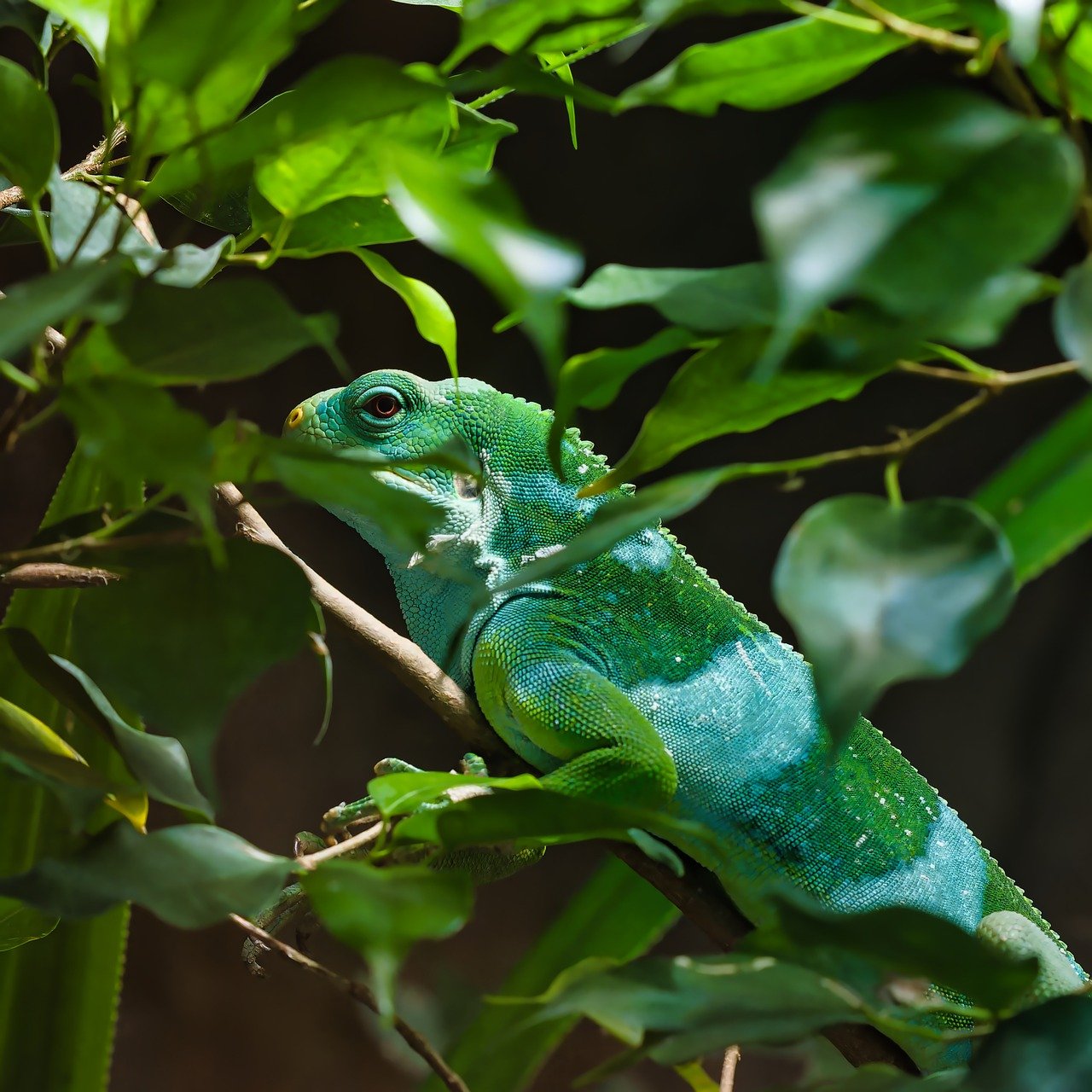
Aztec and Mayan Beliefs
When delving into the rich tapestry of Aztec and Mayan beliefs, one cannot ignore the profound significance attributed to sacred animals in their cosmologies. These ancient Mesoamerican civilizations held a deep reverence for animals, viewing them as divine beings intertwined with their religious practices, calendar systems, and creation myths.
The Aztecs, known for their complex pantheon of gods and intricate rituals, considered certain animals as manifestations of deities or symbols of cosmic forces. Jaguars, with their majestic and ferocious nature, held a special place in Aztec beliefs, symbolizing power, strength, and the underworld. Eagles, revered for their connection to the sun and the heavens, were associated with the god Huitzilopochtli, the patron deity of the Aztecs.
Similarly, in Mayan beliefs, animals played crucial roles in religious ceremonies and mythological narratives. The jaguar, a symbol of strength and agility, was seen as a mystical creature embodying the power of the jungle and the underworld. Eagles were also prominent in Mayan culture, representing the sun and cosmic energies, often depicted in intricate artwork and architectural designs.
Moreover, serpents held a significant place in both Aztec and Mayan cosmologies, symbolizing rebirth, transformation, and the cycle of life and death. The feathered serpent deity Quetzalcoatl, revered by both civilizations, embodied the dual nature of creation and destruction, fertility and wisdom.
These sacred animals were not merely physical beings in the eyes of the Aztec and Mayan people; they were spiritual entities with profound symbolic meanings, guiding their religious practices, rituals, and understanding of the divine. The intricate interplay between humans and animals in these ancient belief systems reflected a deep respect for the natural world and a profound connection to the spiritual realm.
Frequently Asked Questions
- What is the significance of sacred animals in ancient religions?
The significance of sacred animals in ancient religions lies in their roles as symbols of deities, protectors, and auspicious beings. These animals were revered and incorporated into religious practices, rituals, and cultural beliefs, reflecting the deep connection between humans and the natural world.
- Why were certain animals considered sacred in different civilizations?
Animals were considered sacred in different civilizations due to their perceived qualities, such as strength, wisdom, or divine associations. These animals often played pivotal roles in religious narratives, mythologies, and cosmologies, shaping the beliefs and practices of ancient societies.
- How did animals influence the spiritual beliefs and practices of ancient cultures?
Animals influenced the spiritual beliefs and practices of ancient cultures by serving as intermediaries between the physical and spiritual realms. They were seen as messengers, guides, and embodiments of cosmic forces, enriching the religious experiences and worldviews of communities around the world.
















